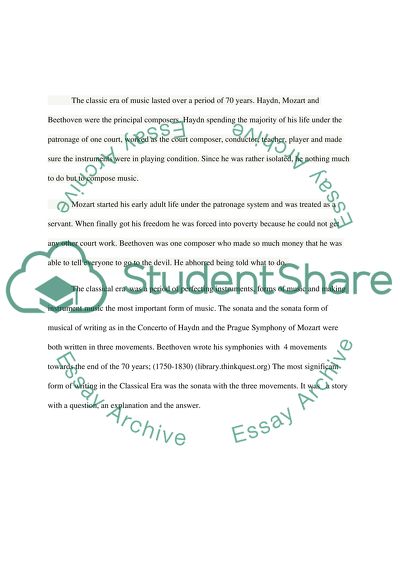Cite this document
(“Haydn and Mozart Music Analysis Essay Example | Topics and Well Written Essays - 2000 words”, n.d.)
Retrieved from https://studentshare.org/music/1436380-haydn-and-mozart-music-analysis
Retrieved from https://studentshare.org/music/1436380-haydn-and-mozart-music-analysis
(Haydn and Mozart Music Analysis Essay Example | Topics and Well Written Essays - 2000 Words)
https://studentshare.org/music/1436380-haydn-and-mozart-music-analysis.
https://studentshare.org/music/1436380-haydn-and-mozart-music-analysis.
“Haydn and Mozart Music Analysis Essay Example | Topics and Well Written Essays - 2000 Words”, n.d. https://studentshare.org/music/1436380-haydn-and-mozart-music-analysis.


